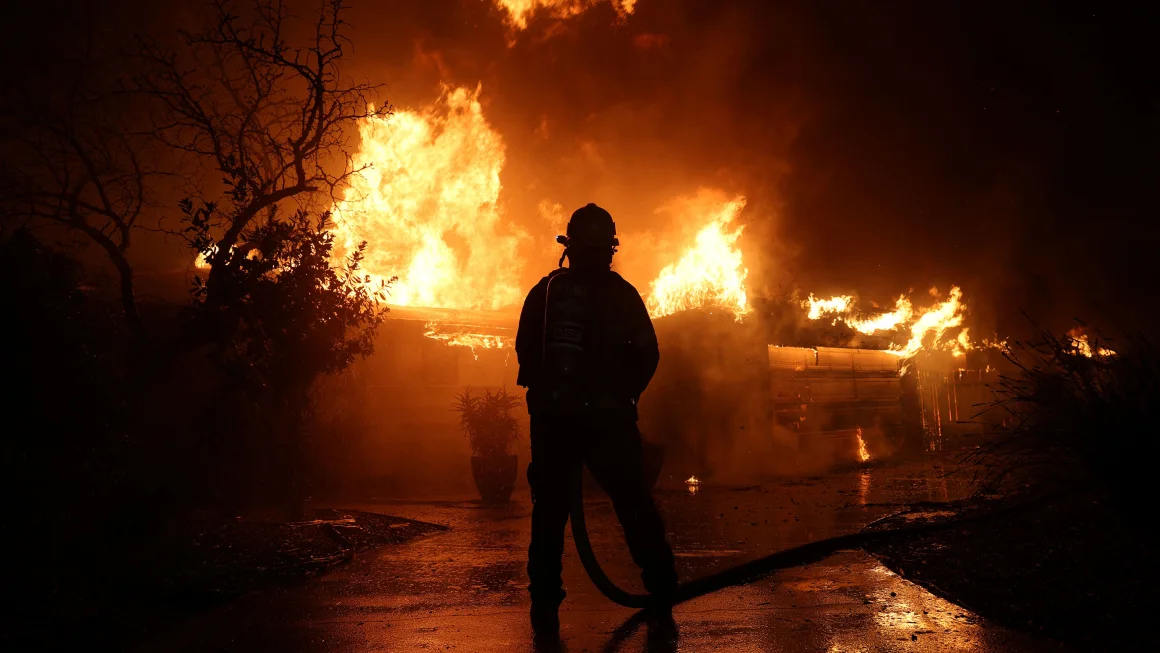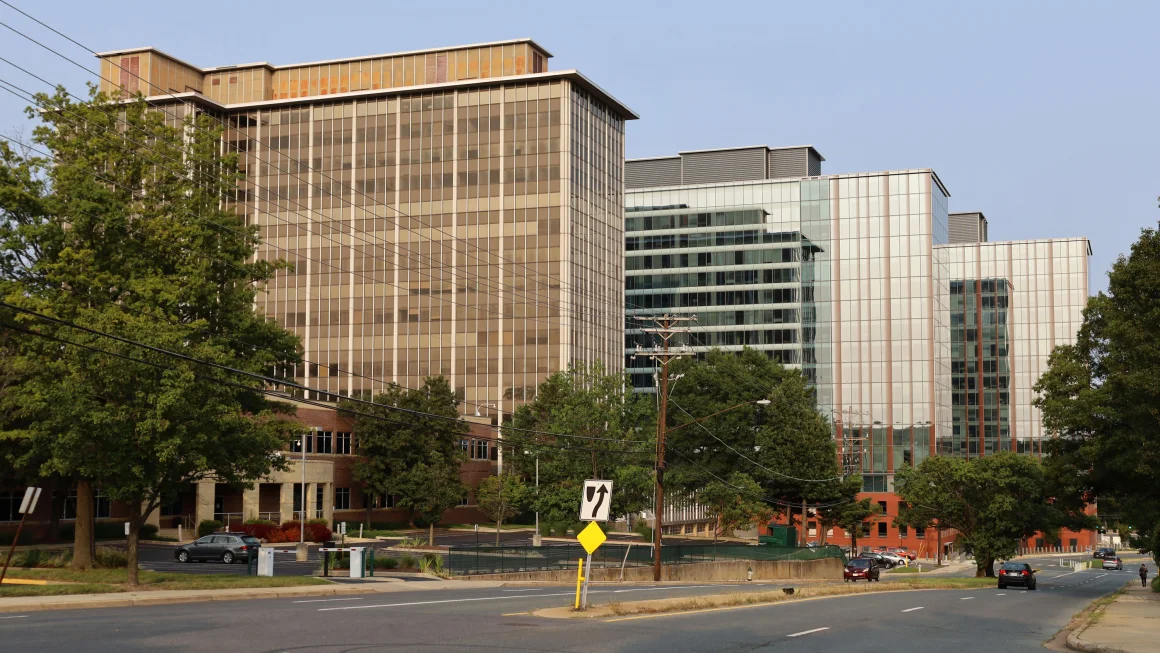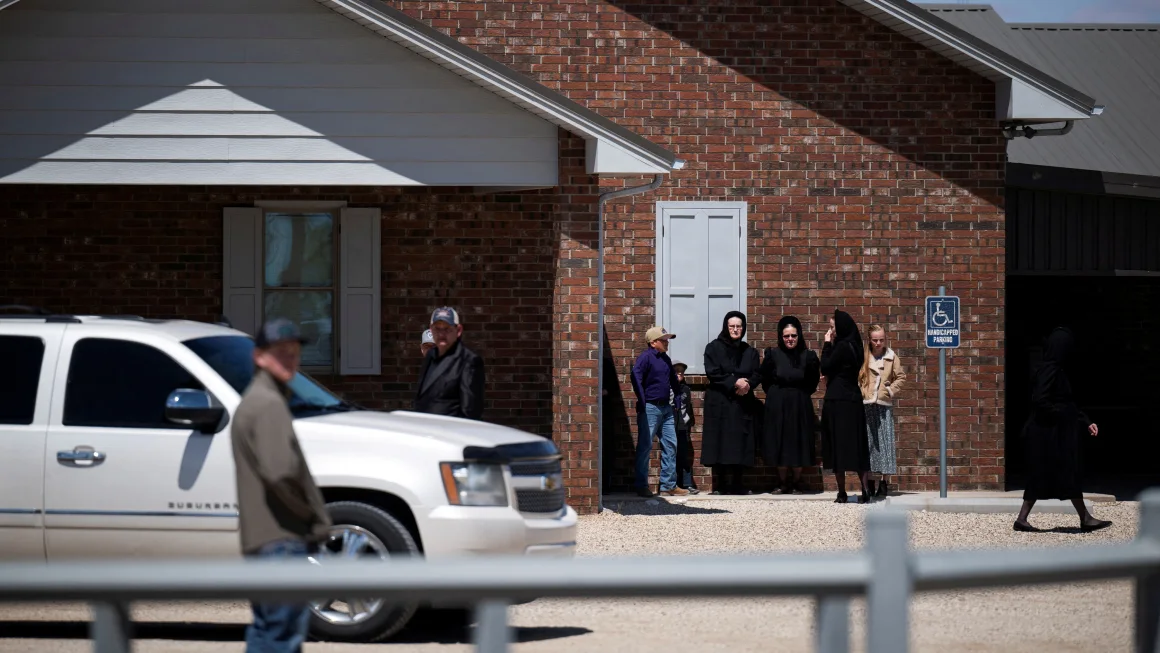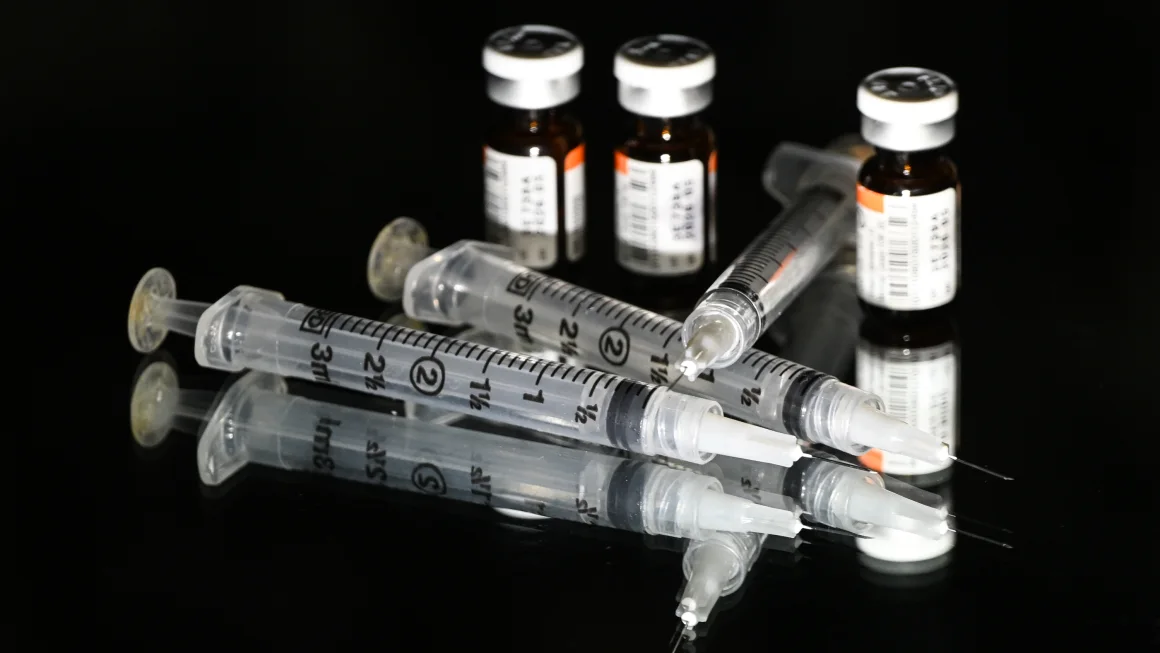
The National Institute for Occupational Safety and Health (NIOSH), which was founded in 1970 to safeguard the well-being of workers across the United States, has faced significant budget cuts that are expected to jeopardize worker safety. Once home to 1,300 employees, the agency saw approximately 870 staff members cut on Tuesday as part of widespread reductions across various federal health agencies. These cuts have particularly impacted the divisions that focused on protecting miners, firefighters, healthcare workers, and other vulnerable labor groups.
John McDonough, a public health expert at Harvard T.H. Chan School of Public Health, emphasized the far-reaching consequences of these cuts: “It’s a small move on paper, but its effects are massive, particularly given the importance of the work being done.” He added, “It’s like they’ve erased the whole operation.”
Among the most immediate concerns raised by the cuts is the halt of critical investigations into lifesaving equipment used in dangerous work environments. These include escape devices for miners, firefighters, and military personnel. Rich Metzler, former head of NIOSH’s National Personal Protective Technology Laboratory, highlighted the potential dangers of suspending investigations into the safety of these devices, warning that the absence of oversight could lead to compromised worker protection.
Respirators approved by NIOSH are essential for safeguarding workers in various high-risk environments. The Environmental Protection Agency mandates their use for pesticide exposure, while the Mine Safety and Health Administration requires them to protect miners from coal dust. Additionally, the Department of Energy and construction workers rely on these devices for protection against hazardous chemicals and silica dust, respectively.
Metzler also pointed to the importance of NIOSH’s role in ensuring the authenticity of personal protective equipment. During the Covid-19 pandemic, many consumers learned to look for the NIOSH seal to ensure the quality of N95 masks. Even today, counterfeits remain a problem. Metzler recalled that before the lab ceased operations, staff had discovered that many online-sold respirator cartridges failed to meet safety standards, while those that were NIOSH-approved passed all tests.
Beyond respiratory protection, NIOSH has also conducted critical research into safeguarding workers in various industries. However, the agency’s recent cuts have severely hampered its ability to carry out this work. The downsizing has affected operations at the institute’s Pittsburgh laboratory and other centers dedicated to mining, firefighter, motor vehicle, and other occupational safety research in West Virginia, Ohio, and Washington.
Dr. David Michaels, a public health expert and former OSHA assistant secretary, condemned the cuts, describing them as a direct attack on worker safety. He noted that only two programs with mandatory funding—those addressing illnesses from the World Trade Center and energy employees—were spared, though even the director of the World Trade Center program was fired, signaling further challenges ahead.
Widespread Backlash
The drastic cuts have provoked strong reactions from industry groups, lawmakers, and labor unions. U.S. Senator Shelley Capito (R-West Virginia) expressed deep concern about the impact on miners and firefighters, vowing to push Health and Human Services Secretary Robert F. Kennedy Jr. to reverse the decision. “This cut affects essential services for workplace safety, especially for our coal miners and firefighters,” Capito said in a media briefing.
The United Mine Workers of America, which represents coal miners, strongly criticized the layoffs, pointing out that the research conducted by NIOSH employees saves lives every day. “The cuts to NIOSH offices in West Virginia and Pennsylvania are particularly devastating for the coal industry, which relies on this research to improve safety,” the union stated.
The National Stone, Sand & Gravel Association, representing companies that rely on miners, also called for a reversal of the cuts, as did the National Waste & Recycling Association, which deemed the move a “step in the wrong direction.” Firefighters’ unions, led by Edward A. Kelly of the International Association of Fire Fighters, urged the White House to restore funding for crucial programs, particularly those focused on firefighter safety and the ongoing health challenges faced by 9/11 responders.
A Broader Restructuring
These cuts are part of a larger overhaul of U.S. health agencies, which resulted in the elimination of 10,000 jobs across the Centers for Disease Control and Prevention (CDC), the U.S. Food and Drug Administration (FDA), the National Institutes of Health (NIH), and the Centers for Medicare and Medicaid Services (CMS). The restructuring, described as a “workforce optimization initiative” by the U.S. Department of Health and Human Services (HHS), is intended to streamline federal operations. However, critics argue that the result is a dangerous undermining of vital public health services.
Some have speculated that the cuts to NIOSH, which has a much smaller workforce than the CDC, may be part of a broader pattern of weakening agencies designed to protect workers. The scale of the layoffs, which affected more than a third of NIOSH’s workforce, has drawn intense scrutiny, with observers pointing to potential political motivations linked to the broader restructuring efforts.
As the dust settles, many are left to wonder how these cuts will impact worker safety in the years to come. With vital research and safety oversight now at risk, advocates are calling for a swift restoration of funding to protect those who risk their lives on the job every day.










